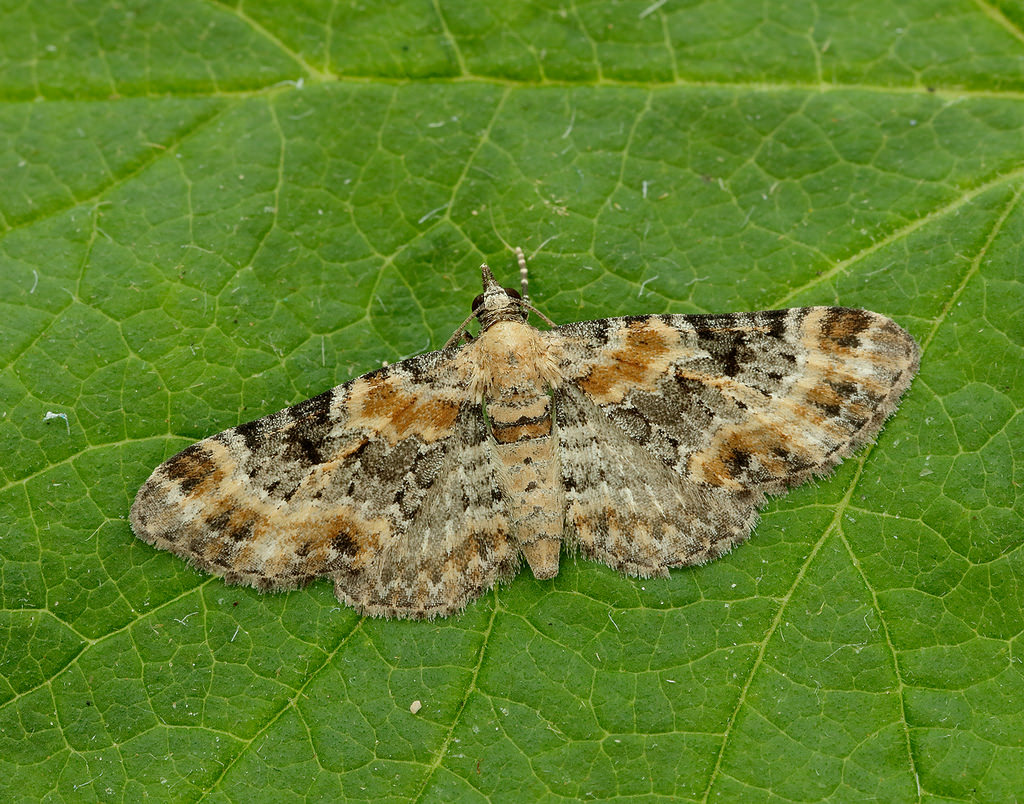Common Foxglove is a native woodland plant, found throughout the UK but it is also a popular garden plant. In June and July the beautiful spires with thimble-like flowers add great interest to borders.
Names
The scientific name is Digitalis purpurea. Digitalis comes from the Latin for finger (digitus), which refers to the shape of the flowers and purpurea refers to the colour of the flowers, which are purple or deep pink - although a white-flowered form is quite common.
Common Foxglove has many other names, including Fairy Bells, Fairy’s Petticoat, Dragon’s Mouth, Fox Finger, Dead Man’s Thimbles and Lady’s Gloves.
Medicine
One of the alternative names - Dead Man’s Thimbles - gives a clue to the fact that the flowers, leaves, roots and seeds of the foxglove are all highly poisonous due to their effect on the heart. However, they have long been used in folk medicine, and in the 18th century a doctor called William Withering investigated their effects. He published the results in 1785 in An Account of the Foxglove and Some of its Medical Uses: with Practical Remarks on Dropsy, and Other Diseases. This was the first English text to describe the therapeutic effects of a drug and his work is considered by some as the beginning of modern pharmacology. Withering’s work led to the eventual isolation and purification of digitoxin and digoxin, used in modern medicine as a treatment for heart conditions.
Moths
Although Foxgloves can be deadly for humans and other animals, they are a great nectar source for bees and also food for some moth caterpillars. Common Foxglove is the only foodplant for the Foxglove Pug moth, which flies in May and June. The caterpillars feed inside the flower, especially on the stamens, from late June to mid-August. They seal up the mouth of the flower, so are harder to spot.
Other moths have caterpillars which feed on foxgloves but these are polyphagous species - able to use many different plants. The following moths can be found in gardens and will be on the wing in June and into the summer: Large Yellow Underwing, Lesser Yellow Underwing, Small Square-spot and Small Angle Shades.
Planting
You can buy foxglove plants from garden centres at the moment or sow seeds from March to May. They are biennial so will produce a rosette of leaves one year and flowers the next. Foxgloves should be planted in loose drifts rather than straight lines to emulate the natural way they self-seed. They prefer dappled shade and richer soil and will reach up to 2m high, so suit being at the back of a border.
Let us know whether these pretty plants are popular with your pollinators!
Happy Gardening
The Secret Gardener


